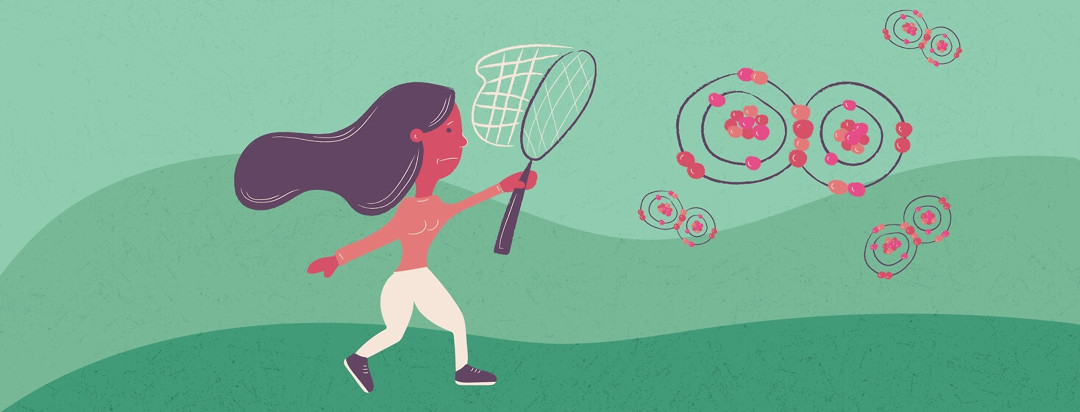How to Tell if You're Getting Enough Oxygen
When you have COPD, feeling like you can't catch your breath is quite common. You feel that way partly because you're not getting enough oxygen. But, besides the breathlessness, there are other ways you can tell if you're getting enough oxygen. This post will help you identify more quickly when you need to take action to improve your oxygen levels.
Oxygen is everywhere in your environment. So why can't you get enough sometimes? The fact is, as abundant as oxygen is, people with COPD can't process it well. This means there is often not enough oxygen circulating in your blood to adequately nourish your cells, tissues, and organs.
When you have COPD, changes in your lungs restrict the flow of oxygen into your lungs. These changes also prevent the adequate exchange of oxygen and carbon dioxide within your body.1 So you end up with too little oxygen in your body, and sometimes too much carbon dioxide. The medical term for this is "hypoxemia" or "hypoxia."2
The result of this hypoxia is often a reduced quality of life, decreased ability to function in your daily activities and even greater risk of death.3
Signs of low oxygen levels
Luckily, there are specific signs that your oxygen is low. Unfortunately, a lot of people fail to notice these signs or think that they just go along with having COPD and that nothing can be done about it.
Here's what to watch for (or ask your caregiver to watch for):4-5
- Severe shortness of breath, even while resting, but definitely with activity
- Waking up while sleeping feeling short of breath
- A feeling that you're choking
- Bluish tinge to your lips, skin and/or fingernail beds
- Headache
- Dizziness or feeling lightheaded
- Feeling like your heart is pounding
- Elevated blood pressure
If you notice any of these signs, be sure to call your doctor for advice. This may be a sign that it's time for you to start using supplemental oxygen. Or, if you're already on oxygen, you may need to see if your doctor wants to adjust the flow rate or have you use it more often.
How to verify if your oxygen is low
You are the best judge of what's going on in your body, so generally, health care providers will take your concerns about the symptoms listed above seriously. But they may also want to verify your specific oxygen levels. This can help them decide the best course of action going forward.
In the hospital or the doctor's office, a blood test called arterial blood gases can measure the amount of oxygen in your body. This is very helpful in initially diagnosing you or when beginning a prescription for supplemental oxygen.
But, for everyday home monitoring, a non-invasive device called a pulse oximeter can be very useful. This is a small device that clamps on to your finger and uses a beam of light to measure the amount of oxygen in your blood. This is called your oxygen saturation and is expressed as a percentage. Healthy people usually have oxygen saturation levels at 90% or higher. People with COPD may be at lower levels.6
However, if you are on supplemental oxygen, your oxygen saturation levels should also stay in the 90s. Otherwise, it's a sign that the oxygen is not sufficiently solving the problem.
Visting your doctor
Noticing that you have the symptoms of not getting enough oxygen can be a sign that your COPD is progressing, that your treatment plan is not working or that you're in the midst of a COPD exacerbation, or flare-up. Either way, it's a sign that you need to talk with your doctor to figure out next steps.
You may need a change in treatment, which could mean changes in medication or adding on supplemental oxygen. Or, you might need to visit the doctor or even seek emergency treatment.
One thing is for sure--if you are not getting enough oxygen into your body, it's not healthy, and something needs to be done. So, don't ignore the signs.

Join the conversation